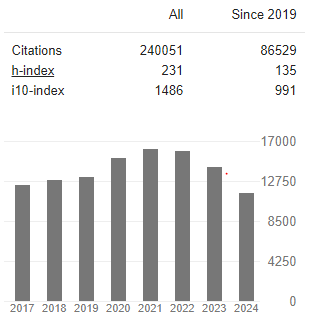The Role of Mutations on Gene TGFB1 in Camurati Engelmann Syndrome
Abstract
Shahin Asadi, Naser Shagerdi Esmaeli, Amir Houssein Kiani
Camurati-Engelmann disease (CED) is characterized by increased bone density primarily affecting the long bones of the arms and legs and the skull. The thickening of these bones leads to pain, a waddling gait, muscle weakness, and extreme fatigue. Increased density of the skull can cause a variety of neurological deficits such as headaches, hearing loss, vision problems, dizziness (vertigo), ringing in the ears (tinnitus), and even facial paralysis. The first symptoms of the condition can appear at varying ages, but usually during childhood, with pain and proximal muscle weakness developing by adolescence. CED is often diagnosed based on a physical exam and radiographic findings (X-rays). CED is inherited in an autosomal dominant manner and is caused by changes (mutations) in the TGFB1 gene



